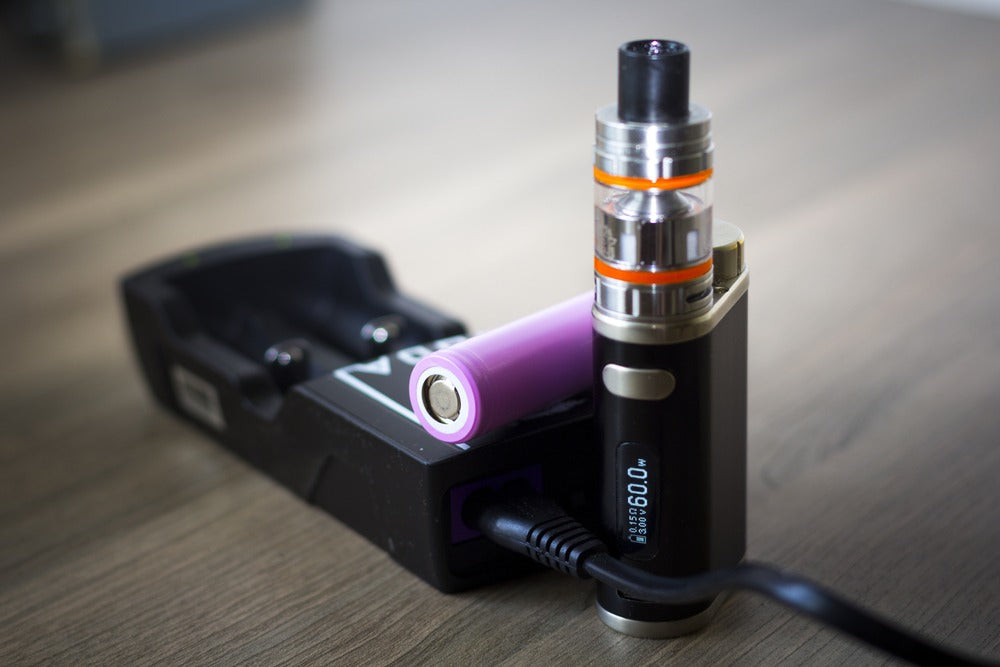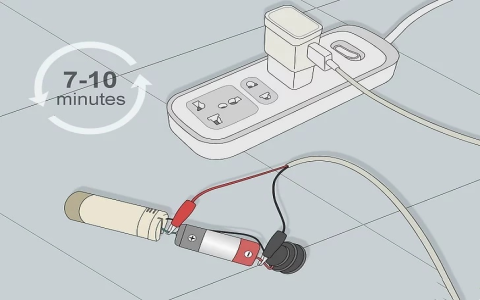Electronic cigarette battery chargers are essential devices designed to replenish the power of batteries used in vaping devices. Using the appropriate charger is paramount for battery longevity and, critically, user safety.
Types of E-cigarette Battery Chargers
Chargers for e-cigarette batteries primarily fall into two categories:

- USB Chargers: These are commonly used for devices with integrated, non-removable batteries. They often connect directly to the vape device via a USB port (Micro-USB, USB-C). It is crucial to use the cable and power adapter specified by the manufacturer.
- External Battery Chargers: Designed for devices that utilize removable batteries, such as 18650, 20700, or 21700 Li-ion cells. These chargers come in various configurations, including single-bay, dual-bay, and multi-bay options, offering dedicated and often more sophisticated charging features.
Key Features in External Chargers
When selecting an external battery charger, consider the following features:
- Battery Compatibility: Ensure the charger supports the specific type (e.g., Li-ion, IMR) and size of your batteries.
- Independent Charging Channels: Allows each battery bay to charge and monitor batteries individually.
- Charging Current Selection: Some chargers allow adjustment of the charging current (Amps). Lower currents are generally gentler on battery health, while higher currents offer faster charging.
- Safety Protections:
- Overcharge protection: Stops charging once a battery is full.
- Short-circuit protection: Prevents damage if a short circuit occurs.
- Reverse polarity protection: Protects the charger and battery if a battery is inserted incorrectly.
- Over-temperature protection: Monitors and prevents overheating.
- Display Screen: LCD or LED screens can provide information such as charging progress, current voltage, charging current, and sometimes battery health or internal resistance.
- Material and Build Quality: Look for chargers made from fire-retardant materials.
Fundamental Safety Practices for Charging
Adhering to safety protocols is non-negotiable when charging e-cigarette batteries:
- Use the Correct Charger: Always use the charger recommended by the device manufacturer for integrated batteries. For removable batteries, use a dedicated, reputable external battery charger. Do not use chargers intended for other devices (e.g., phone chargers for external vape batteries unless explicitly stated as compatible and safe by a reputable source).
- Supervise Charging: Do not leave batteries charging unattended, especially overnight.
- Charge on a Non-Flammable Surface: Place the charger and batteries on a stable, fire-resistant surface, away from flammable materials.
- Inspect Batteries Before Charging: Check for any damage to the battery wrap, dents, or leaks. Do not charge damaged batteries.
- Correct Polarity: Ensure batteries are inserted into external chargers with the correct positive (+) and negative (-) orientation.
- Avoid Overheating: If a battery or charger becomes excessively hot to the touch, discontinue charging immediately.
- Do Not Over-Discharge: Avoid fully depleting batteries regularly as this can strain them. Charge them when they are low but not entirely empty.
- Quality Batteries and Chargers: Invest in high-quality batteries and chargers from reputable brands and vendors.
Best Practices for Battery Care
- “Marry” Batteries: If your device uses multiple batteries, keep them as a set. Always charge, discharge, and use them together. Label them as a pair.
- Proper Storage: Store removable batteries in non-conductive plastic cases when not in use to prevent short circuits.
- Replace When Necessary: Batteries have a limited lifespan. Replace them if they show signs of damage, reduced performance, or are old.
Disclaimer: Battery safety is critical. Improper use or charging of batteries can lead to serious risks, including fire or explosion. Always follow manufacturer guidelines and prioritize safety.









